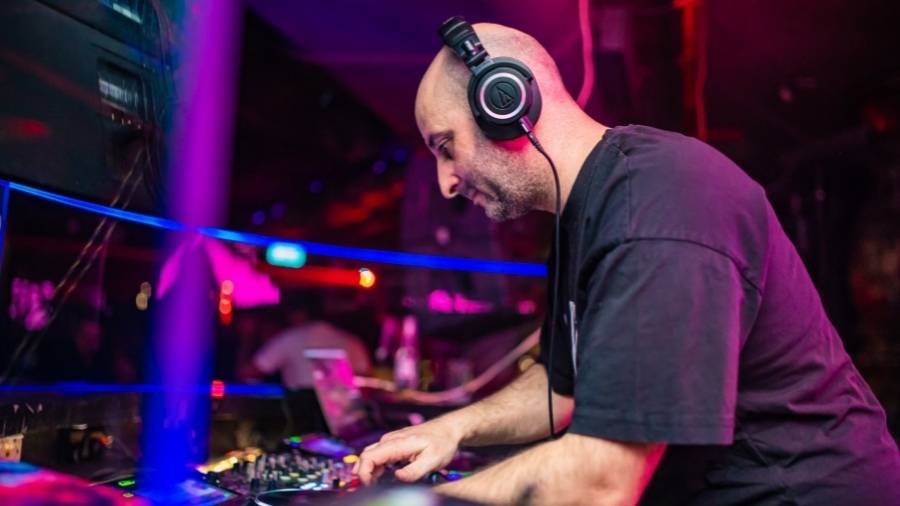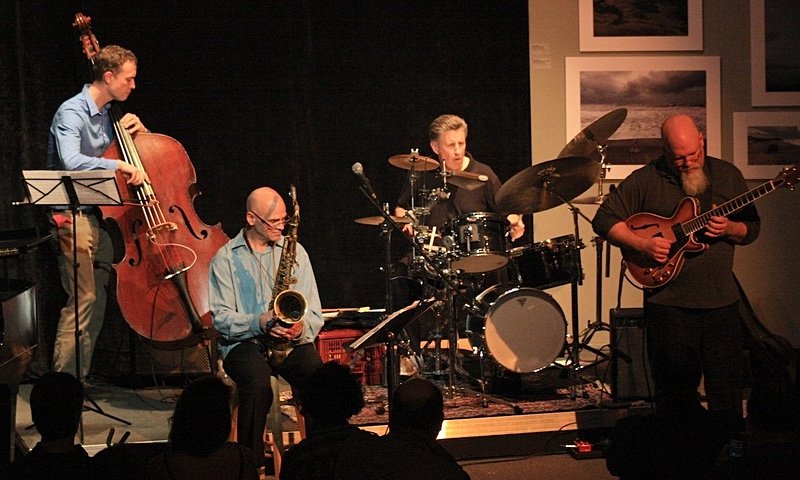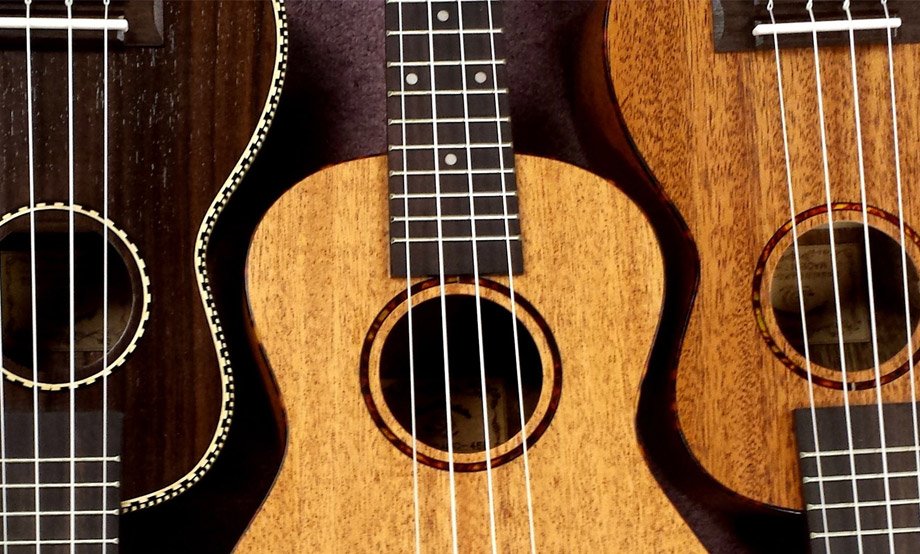Goa Trance is a unique and influential genre of electronic dance music that emerged in the late 1980s and early 1990s. Originating in the Indian state of Goa, this music genre is known for its psychedelic and hypnotic soundscapes. The beats and melodies of Goa Trance are crafted to create an immersive and otherworldly experience, which has captivated listeners and dancers around the world. This genre is not just about music; it represents a cultural movement that blends spirituality, art, and a vibrant party scene. Goa Trance played a significant role in the evolution of electronic dance music, influencing numerous other genres and continuing to be a beloved part of electronic music culture.
What is Goa Trance?
Definition and Origin
Goa Trance is a subgenre of trance music characterized by its psychedelic and ethereal sound. It emerged in the 1990s in Goa, India, where it was played at outdoor parties and raves. The genre blends electronic beats with complex melodies and high-energy rhythms, creating a sound that is both uplifting and immersive. The origins of Goa Trance are rooted in the experimental spirit of the Goa party scene, where DJs and producers sought to push the boundaries of electronic music. Over time, Goa Trance evolved to include influences from various musical styles, including traditional Indian music and Western electronic genres.
Key Characteristics of Goa Trance Music
The defining features of Goa Trance include its use of hypnotic rhythms, layered melodies, and psychedelic effects. The music typically features a fast tempo, ranging from 125 to 150 beats per minute, which helps drive the energetic and danceable nature of the tracks. Goa Trance often incorporates intricate synthesizer patterns, echoing sounds, and spacey effects that create a sense of otherworldliness. These elements combine to produce a trance-like state that enhances the listening and dancing experience. Additionally, the genre often includes spiritual and mystical themes, adding depth and meaning to the music.
The History of Goa Trance
Emergence in the 1990s
Goa Trance emerged as a distinct genre in the early 1990s, evolving from the eclectic electronic music played at raves in Goa. The music was influenced by a variety of genres, including psychedelic rock, acid house, and ambient music. Early Goa Trance producers experimented with new sounds and production techniques, creating a fresh and innovative musical style. As the genre gained popularity, it began to attract attention from international audiences, leading to the spread of Goa Trance beyond Goa. The genre’s unique sound and cultural connections quickly established it as a significant player in the global electronic music scene.
Influences and Pioneers of the Genre
The development of Goa Trance was heavily influenced by pioneers such as Goa Gil, who is often regarded as one of the genre’s founding figures. Other influential artists include Astral Projection, Man With No Name, and Juno Reactor. These early producers and DJs played a crucial role in shaping the sound of Goa Trance, incorporating elements from various musical traditions and pushing the boundaries of electronic music. Their innovative approach helped to establish Goa Trance as a distinct genre and laid the groundwork for its continued evolution.
Core Elements of Goa Trance
Typical Sounds and Rhythms
Goa Trance is known for its distinctive sounds and rhythms, which include fast-paced beats and complex melodic structures. The genre features a steady, driving bassline that provides a solid foundation for the music. This is often complemented by syncopated drum patterns and layered synthesizer riffs that create a rich, textured sound. The use of psychedelic effects, such as reverbs and delays, adds to the genre’s otherworldly feel. The music typically evolves gradually, with buildups and breakdowns that keep the listener engaged and create a dynamic listening experience.
Common Instruments and Production Techniques
In Goa Trance production, synthesizers play a central role, providing the genre’s signature melodies and soundscapes. Artists often use analog and digital synthesizers to create complex, evolving sounds that contribute to the genre’s psychedelic quality. Drum machines are also commonly used to produce the genre’s distinctive rhythms and beats. Production techniques in Goa Trance include layering multiple tracks, using effects such as phasers and flangers, and employing creative sampling. These techniques help to create the immersive and psychedelic experience that is characteristic of the genre.
Popular Goa Trance Artists
Notable Figures and Their Contributions
Several artists have made significant contributions to the Goa Trance genre, shaping its sound and influencing its development. Goa Gil, often referred to as the “Godfather of Goa Trance,” is renowned for his pioneering work and influential DJ sets. Astral Projection, another key figure, is known for their complex and melodic tracks that helped define the genre. Man With No Name and Juno Reactor are also notable artists who have made significant contributions with their innovative productions. These artists have played a crucial role in popularizing goa trance and establishing its place in the electronic music world.
Impact of Their Work on the Genre
The work of these pioneering artists has had a lasting impact on the Goa Trance genre. Their innovative sounds and production techniques helped to define the genre and set standards for future artists. The popularity of their tracks and albums contributed to the growth of the Goa trance scene, both in Goa and internationally. Their influence can be heard in the work of many contemporary electronic music producers who continue to draw inspiration from Goa Trance. The genre’s distinctive sound and cultural significance remain evident in the music of today’s artists, highlighting the enduring legacy of these pioneers.
Cultural Impact of Goa Trance
Influence on Global Electronic Music
Goa Trance has had a significant influence on the global electronic music scene. Its unique sound and production techniques have inspired many other genres, including psytrance, progressive trance, and even techno. The genre’s emphasis on psychedelic elements and immersive soundscapes has contributed to the development of electronic music as a whole. Goa Trance’s popularity in the 1990s helped to bring electronic music into the mainstream, paving the way for the rise of other electronic genres. The genre’s influence can be seen in the work of contemporary artists and producers who incorporate Goa Trance elements into their music.
Goa Trance’s Role in the Rave and Festival Scenes
Goa Trance has played a significant role in the evolution of the rave and festival scenes. The genre’s energetic and immersive qualities make it a popular choice for large-scale dance events and festivals. Goa Trance parties, often held in outdoor settings, became a defining feature of the genre’s culture, attracting people from around the world. These events not only showcase the music but also create a vibrant and inclusive community centered around the genre. The cultural and social aspects of Goa Trance continue to be an important part of its appeal, contributing to the genre’s enduring popularity.
How to Experience Goa Trance
Recommended Festivals and Events
To fully experience Goa Trance, attending festivals and events dedicated to the genre is highly recommended. Events such as the Goa Beach Party and the VooV Experience are well-known for their focus on Goa Trance music and their vibrant, immersive atmospheres. These festivals often feature performances from prominent Goa Trance artists and provide an opportunity to experience the genre’s unique sound in a live setting. Attending these events allows fans to connect with the Goa Trance community and immerse themselves in the cultural and musical aspects of the genre.
Key Tracks and Albums to Listen To
For those new to Goa Trance, starting with some key tracks and albums can provide a solid introduction to the genre. Classic tracks such as “Mahadeva” by Astral Projection and “L.S.D.” by Man With No Name are essential listening for understanding the genre’s sound and style. Albums like Astral Projection’s “Trust in Trance” and Goa Gil’s “The Ultimate Trip” are also highly recommended. These tracks and albums capture the essence of Goa Trance and showcase the genre’s distinctive qualities. Listening to these works can give fans a deeper appreciation for the music and its impact on electronic music culture.
The Evolution of Goa Trance
Changes and Developments in the Genre
Over the years, Goa Trance has evolved and adapted to changes in the electronic music landscape. The genre has incorporated elements from other styles, leading to the development of subgenres such as psytrance and progressive trance. This evolution has brought new sounds and production techniques into the genre, while still retaining its core characteristics. As electronic music technology has advanced, Goa Trance artists have embraced new tools and methods, leading to further innovation within the genre. Despite these changes, the genre’s psychedelic and immersive qualities continue to be central to its sound.
Current Trends and Future Directions
Today, Goa Trance remains a vibrant and evolving genre with a dedicated following. Current trends include a resurgence of interest in classic Goa Trance sounds, as well as the exploration of new production techniques and styles. The genre continues to influence other electronic music genres and inspire new artists. Future directions for Goa Trance may include further experimentation with sounds and formats, as well as the integration of elements from other musical traditions. The genre’s ability to adapt and innovate while maintaining its core identity ensures that it will continue to be a significant part of the electronic music scene.
Conclusion
Goa Trance is a genre that has left a lasting mark on the electronic music world. Its unique sound, cultural significance, and innovative production techniques have made it an important and influential genre. From its origins in the vibrant party scene of Goa to its impact on global electronic music, Goa Trance has played a crucial role in shaping the music we enjoy today. Whether through its energetic beats, psychedelic melodies, or cultural connections, Goa Trance continues to captivate and inspire listeners around the world. Its legacy is a testament to the power of music to transcend boundaries and bring people together.











